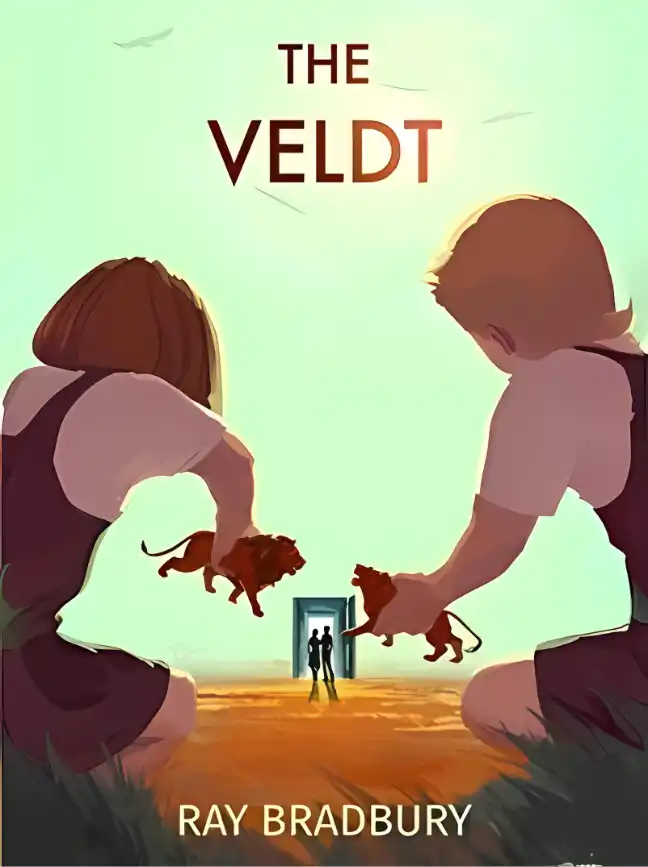The conference room at the DARPA facility was quiet, and it was growing more uncomfortable by the second. The tension was nearly unbearable.
Ty sat in a chair at the end of the conference table. His mother and Richter, his biological father, stood on opposing sides of the table, trying to act like nothing was weird. It wasn’t working. Ty was acutely aware of the awkwardness in the room.
He wanted to throw his hands up and yell, “What happened between you two?”
He also wanted answers from Bishop. He wanted to be in the loop. Part of the process.
He had asked to see the schematic of the collider. That request had been denied. The details of the device, he had been told, were a matter of national security. That annoyed him. He was the reason they even had the schematic. Now they wouldn’t even show him what he had found.
Something else was bothering him: Penny. Where was she? Was she still alive? Had the Covenant caught up to her? And why had she lied to him? What did they have on her?
Another thought occurred to Ty—a way at least to get more information about what was happening and possibly part of the key to understanding the genomes.
“I have an idea,” he said, instantly drawing the attention of Helen and Richter, who seemed relieved for any distraction.
“Is it possible to get a sample of Penny Neumann’s DNA? And compare it?”
His mother frowned. “Who is Penny Neumann?”
Ty leaned his head back and studied the white ceiling tiles. “She’s… it’s complicated.”
Richter nodded. “It would be a simple thing to have an agent visit her apartment in Geneva and retrieve a sample.”
“She lives in Geneva?” Helen asked. “Is she your girlfriend?” “Mom.”
Richter walked closer to Ty. “Why do you think she might be one of the four?”
“Logic. She’s connected to the Covenant. And me.”
Helen put her hands on her hips. “Ty, how is she connected to you?”
“That’s…” Ty rolled his head to the left and right. “She… we dated—” “For how long? Dated? As in, it’s ended?”
Ty looked at Richter. The man clearly hadn’t told his mother about the incident in the alley behind the coffee shop, which Ty counted as a good call. It would have worried her sick.
Richter picked up the phone on the conference table and jabbed at the number pad while Helen eyed Ty, waiting for an explanation. He nodded to Richter, silently indicating that it was rude to interrupt. He was happy for the delay in the motherly interrogation.
“It’s Richter. We need to obtain a DNA sample from the Covenant agent who identified herself as Penny Neumann.”
Ty’s head whipped around. “What do you mean, identified herself as Penny Neumann?”
With the phone held to his ear, Richter listened, then said, “Yes, I think that would be fine. Also, please print an article from a newspaper called the Rhein-Neckar-Zeitung dated approximately one year ago—”
Richter listened, then said quickly, “Yes, simply search her name. It will be the last article you find. Have it translated and bring it to this conference room.”
The second he hung up, Ty stood. “What article?”
Helen stared at Ty. “You dated a Covenant agent?” She turned her gaze to Richter. “Did you know about this?”
“Of course not.”
“She wasn’t a Covenant agent,” Ty said, hands held up. “Well, she was, but not at the end.”
“End of what?” Helen asked. “The relationship? So you’ve broken up.”
The door opened, and Bishop stepped in. Upon seeing the scene, he stopped cold. “What happened?”
“Nothing,” Richter muttered. “What do you have? A DNA match?”
Bishop peered out the door at the two marines standing watch, then slowly closed it and moved closer to Ty, Richter, and Helen. “Neither the president nor any of the members of the administration were a DNA match. Same for Congress.”
Richter smiled. “I assume they were sufficiently crestfallen by this development?”
Bishop looked as though he were suppressing a grin. “Their disposition at the news is unknown to me. However, we do have a partial DNA match.”
“Partial?” Richter asked. “For whom?” Helen said.
“Two people, actually,” Bishop replied, eyeing Richter and Helen. “Both of you.”
Ty cocked his head. “Which means…”
“Which means,” Bishop said carefully, “we can say, with a very high degree of certainty, that one of the genomes broadcast is a match to an offspring of Gerhard Richter and Helen Klein.”
Richter’s words came rapid-fire. “Male or female?”
“Male.” Bishop nodded toward Ty. “It’s you, Ty. Your genome is being broadcast.”
“Not necessarily,” Helen whispered. “What?” Bishop said.
“I have a twin,” Ty said. “An identical twin. We share the same genome.” “Not necessarily,” Helen said again, turning away from the three men.
“What does that mean?” Ty asked, surprised by her words.
For a moment, Helen seemed lost in thought. Finally, she looked up at them. “It means that, yes, identical twins—what we biologists refer to as monozygotic twins—do begin with the same genome. Monozygotic twins are created when a single zygote—a fertilized egg—separates into two embryos. At that moment of division, the genomes of those embryos are identical copies of each other. And for a very long time, we believed that two offspring born of this process had little if any genetic difference at the time of birth. That’s why twins have been used extensively in studies on the effect of environment on genetics—the nature versus nurture debate. However, a recent study in Iceland by deCODE turned that notion upside down. We now know that identical twins are not as identical as we once believed—genetically speaking. In fact, by the time twins are born, there are already differences in their genomes.”
“What do you mean?” Bishop asked. “Mutations,” Richter said.
“Exactly,” Helen said. “After the zygote splits, the cells weave new strands of DNA and then split into more and more cells. With any cell division process, there’s the chance of replication errors. We now know this happens in the womb—enough to produce an average of 5.2 mutations between twins by the time of birth. In about one in every seven sets of twins, there are more significant mutations—ten to fifteen. The timing of the zygote separation has a significant impact on the number of differences. A zygote typically splits anywhere from one to seven days after fertilization. At this early juncture, there are fewer cells to split, and sometimes the cells don’t split evenly. In other cases, the zygote doesn’t split until up to thirteen days after fertilization. In those instances, there are more cells and typically fewer mutations in the resulting offspring.”
Bishop reached up and massaged his temples. “So…”
“Gerhard and I have two sons,” Helen said. “The sequence could be for either of their genomes.”
“Okay. Where is this other son?”
“Thomas,” Helen said, raising her head slightly. “He is in Butner, North Carolina. In prison.”
“Prison?!”
“You need to alert the BOP to isolate him and send the US Marshals as soon as possible to transport him here. He could be in danger.”








